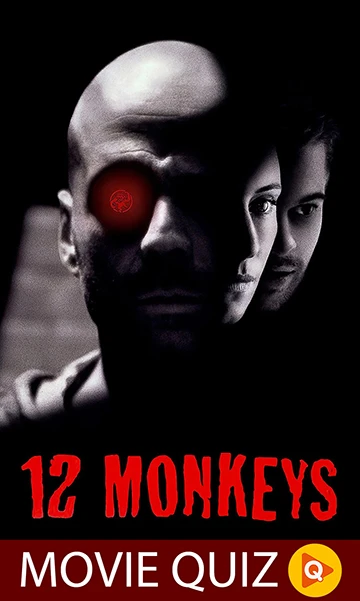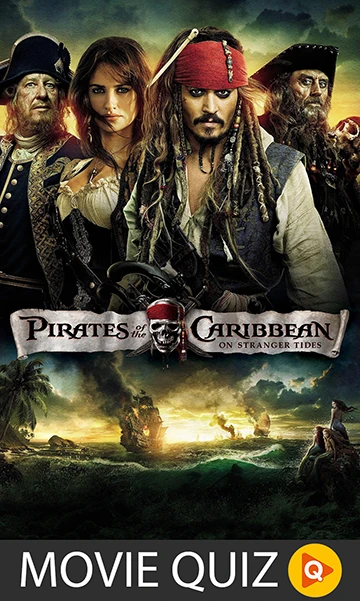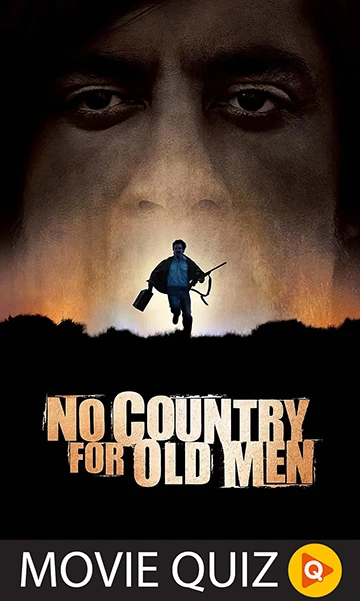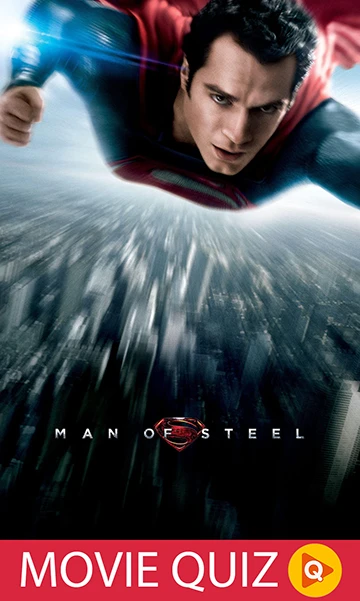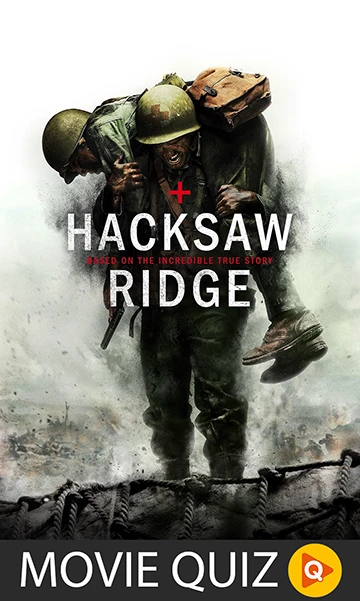
Prepare to relive one of the most inspiring true stories of courage and conviction with our Hacksaw Ridge (2016) trivia challenge. Directed by Mel Gibson, this gripping war drama tells the incredible tale of Desmond Doss, a combat medic who saved dozens of lives during World War II — all without ever carrying a weapon. The film’s powerful storytelling and brutal battle sequences have cemented it as one of the most unforgettable war films of recent years.
Think you remember the details behind Doss’s heroic stand and the brutal battles of Okinawa? Put your knowledge to the test with these 10 challenging trivia questions. Only true fans of historical war films will survive this quiz unscathed!
Hacksaw Ridge (2016) Trivia Questions & Answers
Here are the correct answers to each question, along with detailed explanations to give you a deeper understanding of Hacksaw Ridge (2016) and the incredible true story behind it:
1) Who directed Hacksaw Ridge (2016)?
Correct Answer: Mel Gibson
Hacksaw Ridge was directed by Mel Gibson, who returned to filmmaking after a decade-long hiatus. Known for his intense, visceral storytelling, Gibson brought Doss’s story to life with unflinching realism, particularly in the brutal battle scenes. The film was critically acclaimed and received multiple Academy Award nominations, including Best Picture and Best Director.
2) What is the name of the real-life soldier portrayed in Hacksaw Ridge?
Correct Answer: Desmond Doss
Desmond Doss, played by Andrew Garfield, is the real-life hero at the heart of Hacksaw Ridge. Doss was a devout Seventh-day Adventist and a conscientious objector who served as a combat medic in World War II without ever carrying a weapon. His unwavering faith and dedication to saving lives became legendary.
3) What is unique about Desmond Doss’s role in World War II?
Correct Answer: He served as a combat medic without carrying a weapon
Doss’s refusal to carry or use a weapon due to his religious beliefs made him stand out among his fellow soldiers. Despite the risks, he served on the front lines, rescuing wounded comrades under heavy fire. His bravery and commitment to nonviolence were both controversial and inspirational.
4) What religious belief influenced Doss’s decision not to carry a weapon?
Correct Answer: Seventh-day Adventist
Doss was a devout Seventh-day Adventist, a Christian denomination that emphasizes pacifism and observing the Sabbath. His religious convictions led him to refuse to kill or even touch a weapon, despite serving in the bloodiest battles of World War II. His faith and principles were central to his character and actions throughout the film.
5) During which battle does the main action of Hacksaw Ridge take place?
Correct Answer: Battle of Okinawa
The film’s central conflict occurs during the Battle of Okinawa, one of the deadliest battles in the Pacific Theater of World War II. Fought from April to June 1945, the battle was marked by intense close-quarters combat, heavy casualties, and horrific conditions. The Maeda Escarpment, nicknamed “Hacksaw Ridge,” was a key strategic point during this brutal confrontation.
6) What personal trauma from childhood shaped Desmond Doss’s pacifist beliefs?
Correct Answer: He injured his brother in a fight
As a child, Doss nearly killed his brother during a violent altercation. This traumatic event, combined with the teachings of his faith and his father’s experiences as a war veteran, profoundly influenced his commitment to nonviolence. This backstory is depicted in the film to help viewers understand the roots of Doss’s convictions.
7) What nickname was given to the Maeda Escarpment, where Doss performed his heroic acts?
Correct Answer: Hacksaw Ridge
The Maeda Escarpment, a steep and treacherous cliff on Okinawa, became known as “Hacksaw Ridge” due to the ferocity of the fighting that took place there. It was at this location that Doss performed his most heroic acts, repeatedly risking his life to rescue wounded soldiers under relentless enemy fire.
8) What punishment does Doss face during basic training?
Correct Answer: He is court-martialed for refusing to carry a rifle
Doss faced severe opposition from his superiors and fellow soldiers during basic training. He was subjected to physical abuse, ridicule, and even a court-martial for refusing to handle a weapon. Despite these challenges, he stood firm in his beliefs and was ultimately allowed to serve as an unarmed medic.
9) Approximately how many soldiers did Doss save during the Battle of Okinawa?
Correct Answer: 75
Desmond Doss is credited with saving the lives of approximately 75 soldiers during the Battle of Okinawa. Despite heavy fire and life-threatening conditions, he repeatedly ventured onto the battlefield to carry wounded men to safety, lowering them down the cliff face to medics below. His bravery is one of the most remarkable acts of heroism in military history.
10) What prestigious military award was Desmond Doss granted for his heroism?
Correct Answer: Medal of Honor
For his extraordinary courage and selflessness, Desmond Doss was awarded the Medal of Honor — the highest military decoration in the United States. He was the first conscientious objector to receive this honor. His story remains a testament to the power of faith, conviction, and the human capacity for compassion amidst the horrors of war.

